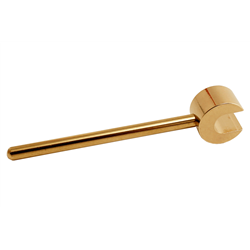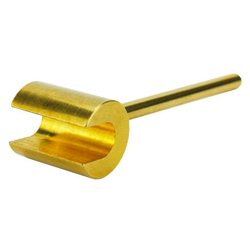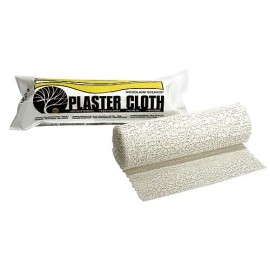Mainline Railways was a British model railway brand that operated between 1976 and 1983, introduced by Palitoy, the...
No products
Product successfully added to your shopping cart
There are 0 items in your cart. There is 1 item in your cart.
Search Tips
Open on Good Friday
The shop will be open on Friday 18th April.
Bring us some chocolate!
Why do my trains keep coming off the track?
There are many reasons for derailments most of which can be remedied at the track laying stage of building your layout.
By simply using a rake of two or three coaches, some of these can be avoided. By pushing the coaches around the track (no engine required) you will get a feel for any issue on the track.
Here are the common ones:
Uneven surfaces: Make sure that the track is on a nice flat even surface. Baseboards should be exactly the same height. The slightest change in height can make the biggest difference.
Poorly connected track: Always make sure that the fishplates are connected correctly. Push the fishplates all the way home and ensure there is no gap between the adjoining pieces of track.
Tight curves: If your curves are too tight there is a strong possibility that your train is going to come off. If you have two curves running parallel to each other, there is a chance that you may hit the train coming in the other direction especially if running long coaches as these tend to overhang the track considerably.
Curved track after points: This can be a major problem. If possible try and use a straight after the points. This may not always be possible due to the space you have available on your layout, but bear it in mind at the planning stage as this will save a lot of frustration later on.
Track too close together: Make sure you have the correct distance between tracks at the track laying stage otherwise this will be a continual problem.
Impact from other trains: As discussed above the common reasons for this are tight curves and the spacing between opposing tracks.
Wheel alignment of engines and rolling stock: This is a common problem and one that should be investigated in the first instance when suffering from derailment. Even the slightest offset of the wheels can have a major impact. This can be easily sorted by using a back to back gauge between the wheels of your locomotives and rolling stock.
Speed: Another common factor in derailments. Adjust your speed to the requirements of the track such as turnouts, bends, etc.
Another common mistake is shoddy work in hidden areas such as tunnels through hills. Just because it is not seen doesn’t mean out of "sight out of mind". The track should be as good as everywhere else on your layout. Most importantly make sure that you can reach every part of your layout to retrieve your derailed train. This includes inside your hill or mountain: either have an open back to allow accessibility or a two part hill where you can remove the top to gain access.
Click here to receive the tips weekly in your mailbox. You can unsubscribe at any time.










